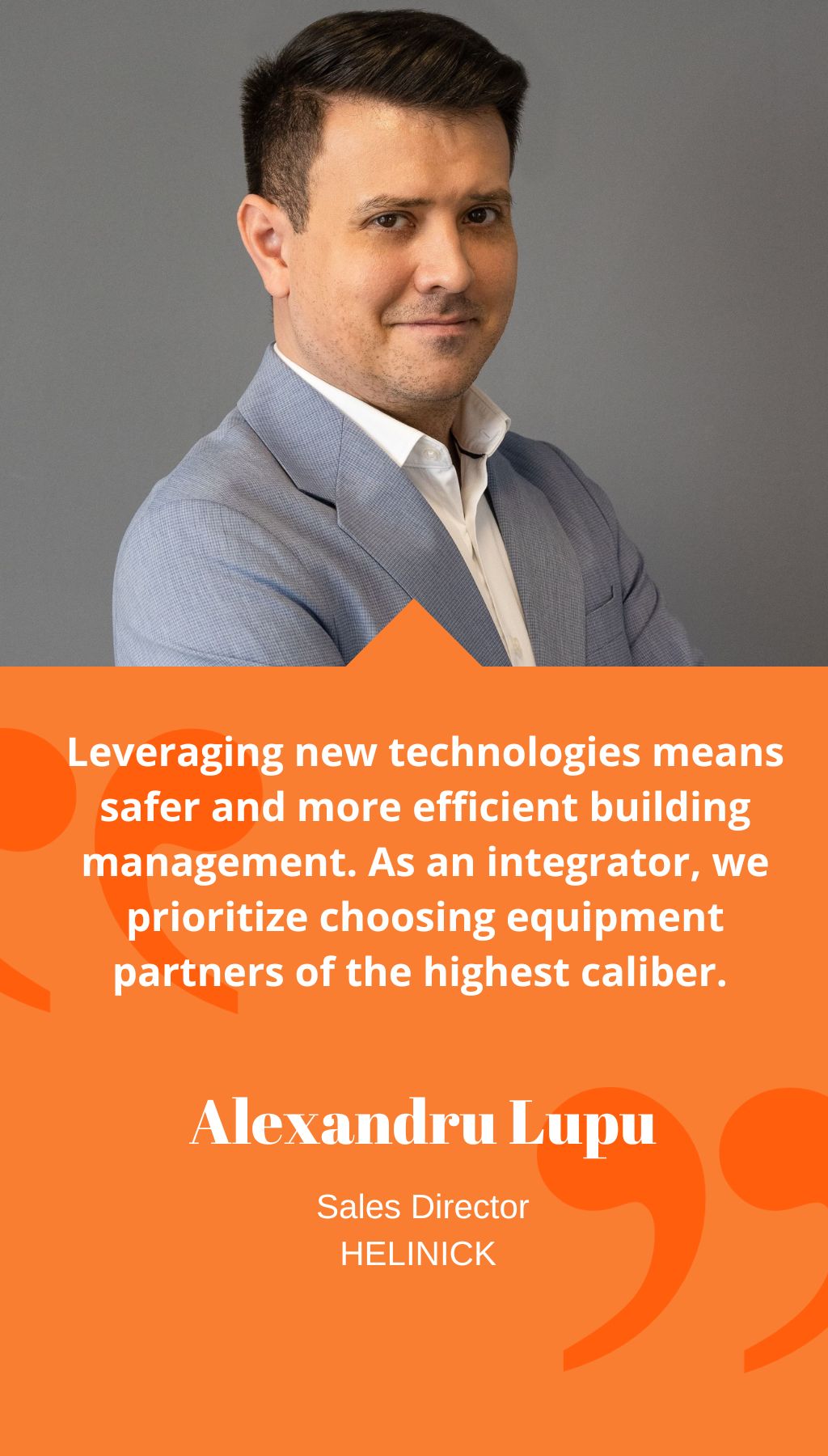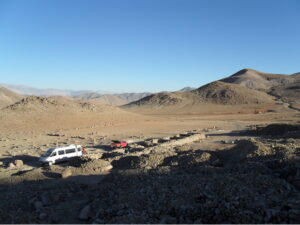
- Romania | 9 May 2019

Could you elaborate on Helinick’s current focus areas and capabilities given your impressive history in electronic security?
As a leader in Romania’s electronic and security safety platform integration, Helinick is currently divided into two main divisions. The first focuses on project implementation and management, which includes technical expertise, evaluation, execution, and delivery. The second part deals with post-implementation services, primarily maintenance work of the safety and security systems. With an extensive nationwide network of centers and technicians, we provide broad national coverage. Additionally, we recently opened a center in Moldova to build better synergies between the two kindred countries. While we are primarily focused on projects in Romania, we have followed our MNC clients further afield.
Regarding energy efficiency, how does your BMS solution fit in with the industry’s needs in Romania?
Our building management system (BMS) aims to make processes within any given building more efficient. We specialize in the corporate office segment, integrating a full range of solutions from temperature management to energy control and measurement. All these plug into an interface, making them safe and easy to control, resulting in significant energy savings of up to 40%, particularly for large developers.
Could you speak to the level of public openness and education for new technologies and smart cities in Romania?
Romanians are generally very open and early adopters of many technologies. Every office building currently being designed in Romania is built with the awareness of the need to incorporate a BMS system. Some of this trend is driven by foreign investors, but it is an overall trend across the country. As far as smart cities go, the definition itself varies depending on whom you ask. In my opinion, we should prioritize the automation and efficiency of essential public services such as waste disposal and proper security. Smart cities are achieved through companies like Helinick and others working independently or together to create better communities. For instance, Helinick recently developed an app called Parking Spotter, which used video analysis to enable drivers to automatically identify the nearest available parking place.
What is the regulatory and legislative framework like for the adoption of new technologies in the field of security?
The low voltage electricity used in the field of electronic security falls under its own set of rules and regulations. People have to learn on the job, and companies like Helinick invest a great deal of time and resources on training and skill development. For safety, economy, and basic comfort reasons, we need to ensure that the electrical equipment is up to the highest standards implemented by skilled workers. Much of the legislation we have to follow is old and no longer as relevant as it should be, and at times contradictory to European legislation that we must also abide by as a company.
What are Helinick’s key milestones and vision for the next two to three years?
Our vision for Helinick is to maintain our foothold in electronic security and strengthen our niche in this area. The rapidly evolving technology landscape makes this an exciting time to evolve in our field of business. Leveraging new technologies means safer and more efficient building management. As an integrator, we prioritize choosing equipment partners of the highest caliber. This is complemented by investing in human resources, whom we continuously train, send to workshops or security conferences, and keep abreast of the latest trends. Energy efficiency remains a priority as we are seeing increased demand for our BMS expertise, although we need better cohesion on this front both with clients and construction companies.














